Coconuts remain a vital agricultural commodity for many tropical nations, offering diverse uses from culinary applications to industrial products. In 2024, Indonesia, the Philippines, and India lead the global coconut market with substantial production volumes, significantly contributing to their economies and international trade. These countries, along with others like Sri Lanka and Brazil, play a crucial role in the global coconut industry.
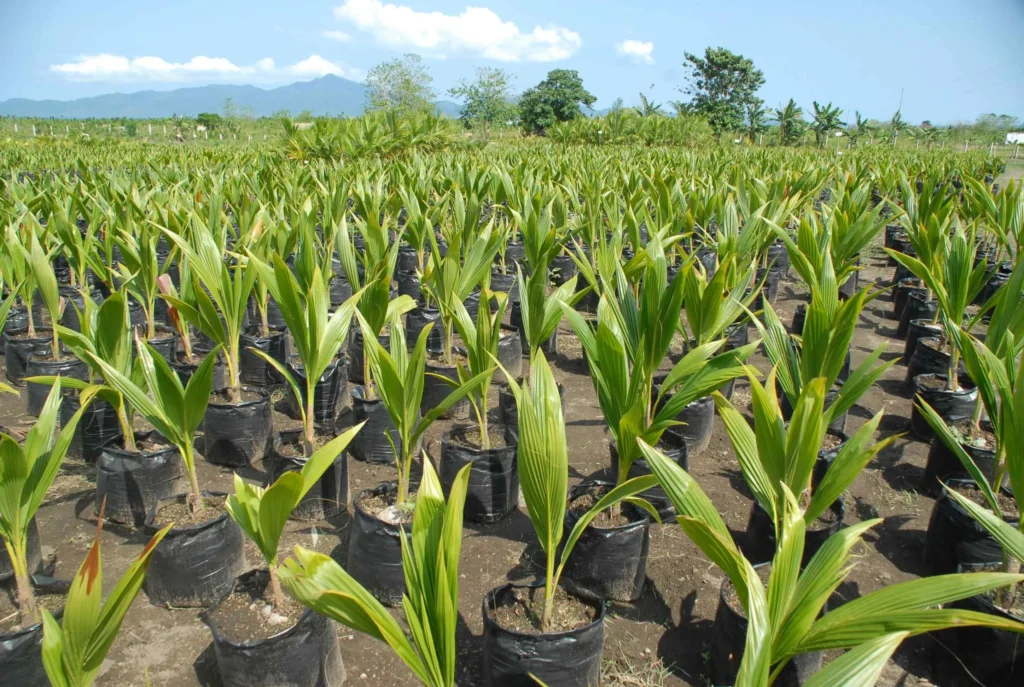
Based on data from the Food and Agriculture Organization Corporate Statistical Database, the estimated global coconut production in 2022 was 62,409,431 metric tonnes, marking a slight decline of 0.6% from the 62,791,068 tonnes produced in 2021. This minor decrease highlights the fluctuations in coconut production, influenced by various factors such as climate conditions and agricultural practices, impacting the supply of this essential commodity.
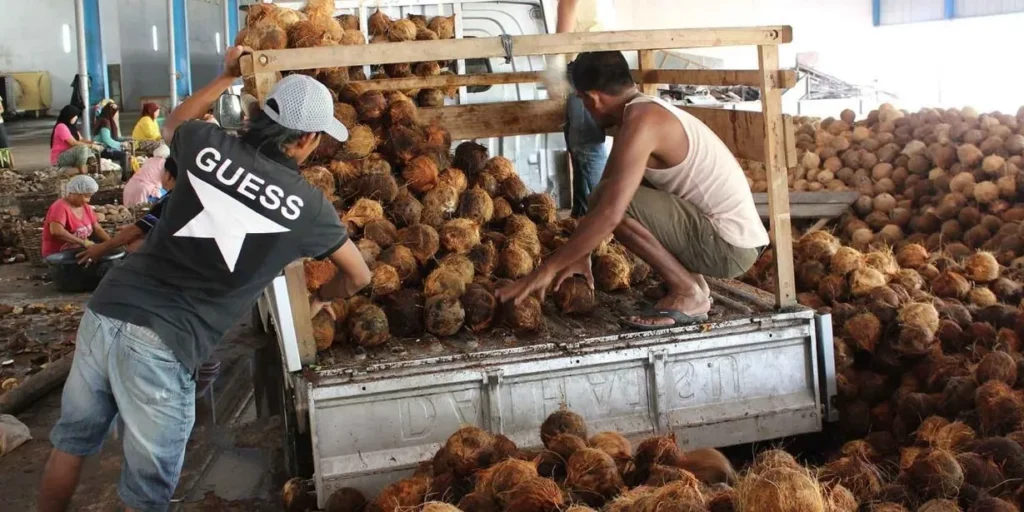
Indonesia stands as the world’s largest coconut producer, generating 17.13 million metric tons in 2024. The country’s ideal tropical climate, extensive coconut plantations, and robust agricultural practices contribute to this remarkable output. Indonesia’s warm weather and ample rainfall foster prolific coconut growth across the archipelago. The nation’s dedicated and efficient growers enhance productivity and sustainability, ensuring high-quality yields. With a long-standing tradition of excellence in coconut farming, Indonesia remains the top global producer and a major supplier of coconut-based products.
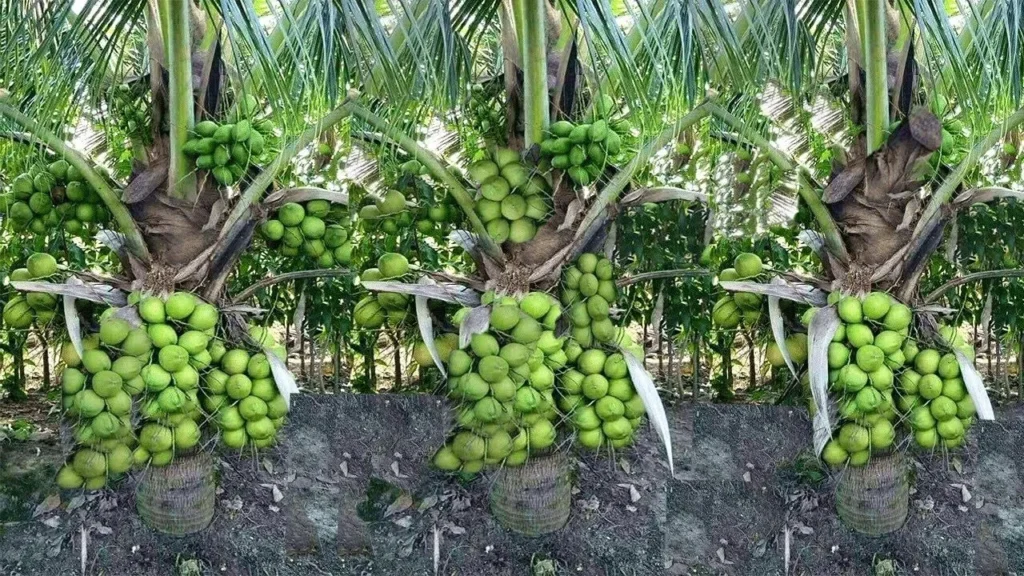
The Philippines ranks second globally in coconut production, yielding 14.77 million metric tons annually. The country’s lush coconut palms symbolize its robust cultivation practices. With coconut output surpassing millions of metric tons, the Philippines is a significant player in the global market. Beyond agriculture, coconuts are integral to Filipino culture and economy, showcasing their versatility in cuisine and traditions, and shaping the nation’s agricultural identity.
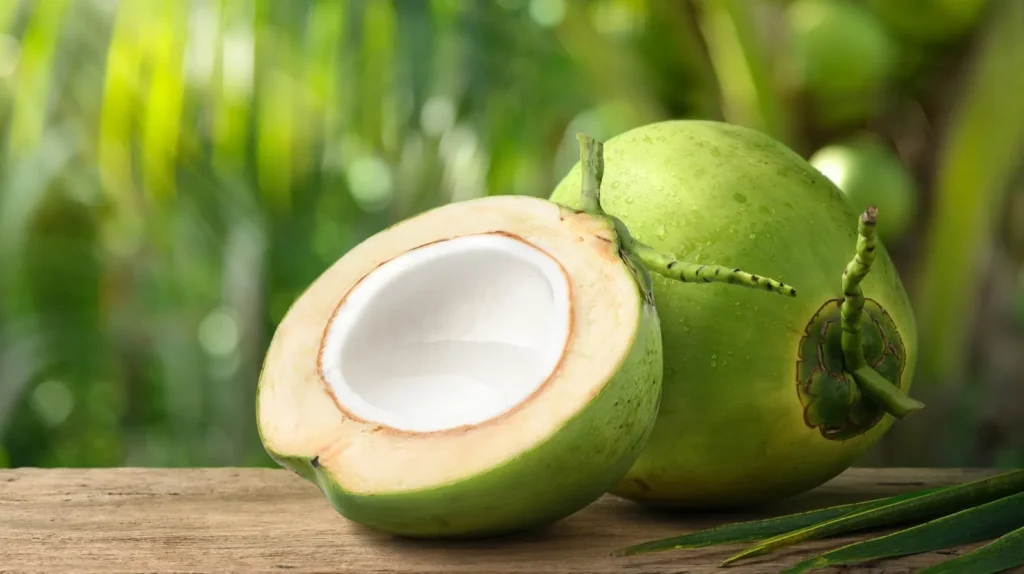
India, the world’s third-largest coconut producer, yields 14.68 million metric tons annually. Its diverse agro-climatic zones make coconuts a staple crop across various regions. Thriving in India’s coasts, plains, and hills, coconut cultivation benefits from this diversity. With different coconut varieties cultivated, India’s coconut yield remains rich. Essential to Indian agriculture, coconuts are integral to both cultural and economic aspects, prominently featured in cuisine, religion, and ceremonies.
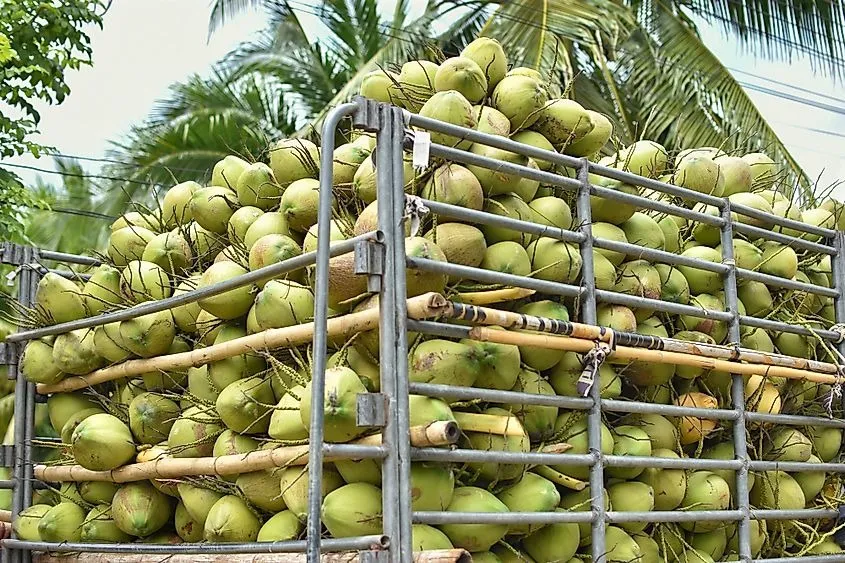
Following the top three, Sri Lanka produces 2.46 million metric tons of coconuts, ranking fourth globally. Brazil follows closely with a production of 2.33 million metric tons. Other significant producers include Vietnam (1.68 million metric tons), Mexico (1.29 million metric tons), Papua New Guinea (1.19 million metric tons), Thailand (0.81 million metric tons), and Malaysia (0.54 million metric tons).
The slight decline in global coconut production from 2021 to 2022 underscores the challenges faced by the industry. Factors such as climate variability and changes in agricultural practices can significantly impact coconut yields. Nonetheless, the consistent output from leading producers like Indonesia, the Philippines, and India highlights the importance of the coconut industry to these nations’ economies.
